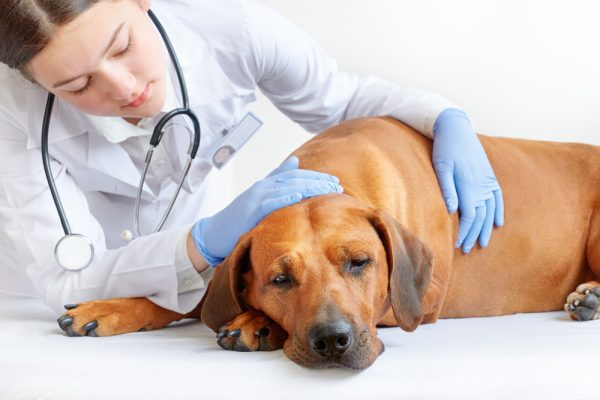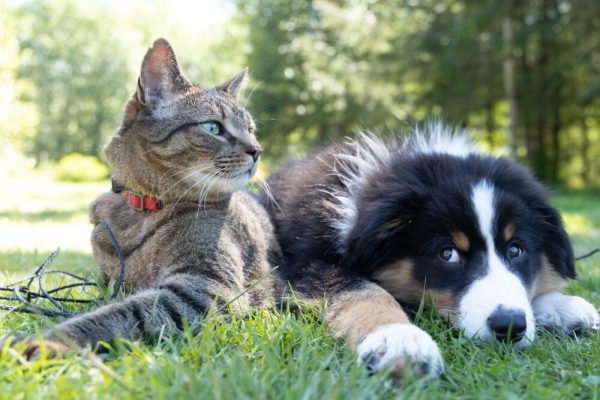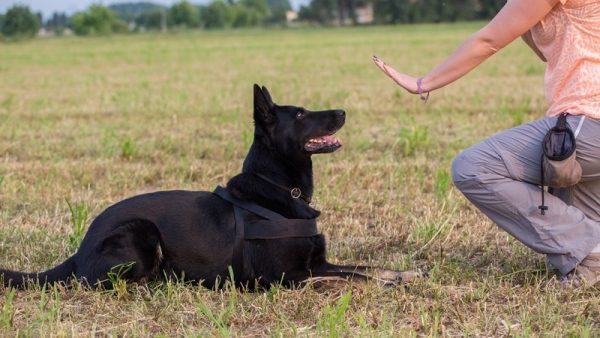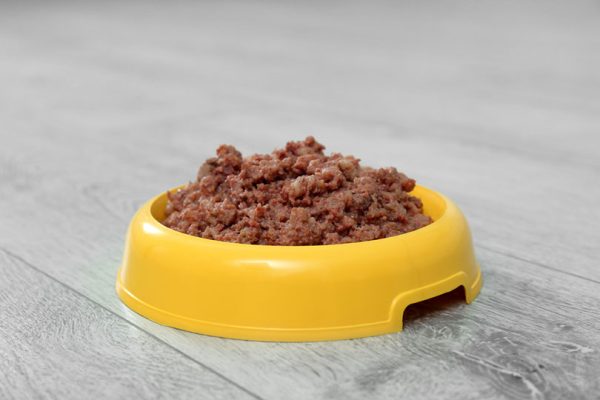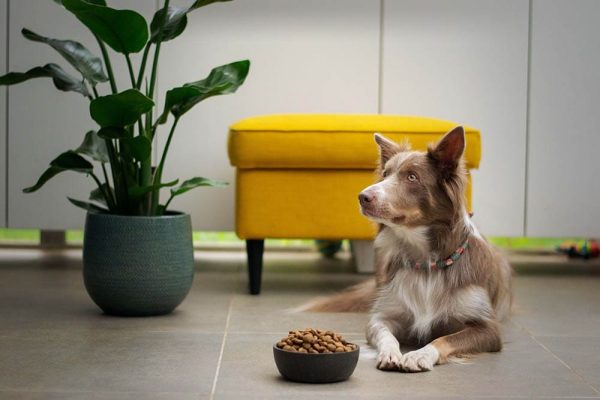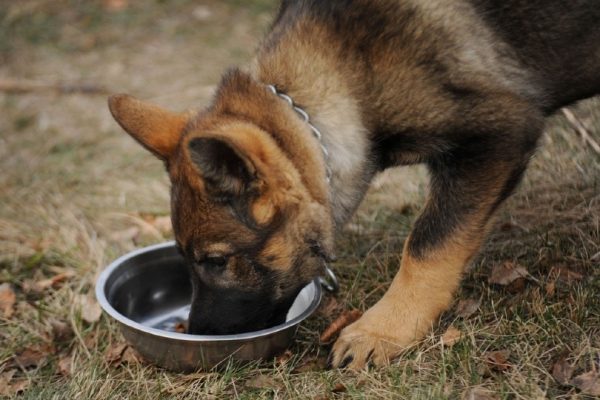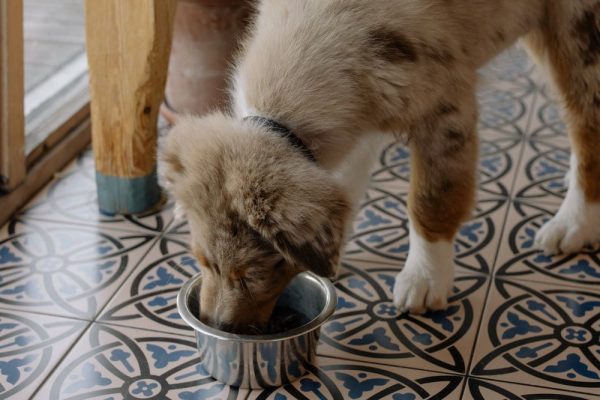In this article
View 3 More +The Whippet and Italian Greyhound are wonderful dogs that look like Greyhounds but are considerably smaller. While the two share many similarities, there are also a few differences. If you are thinking about getting one of these dogs but aren’t sure which is better for your home, keep reading as we discuss these breeds’ history, appearance, and overall health.
Visual Differences
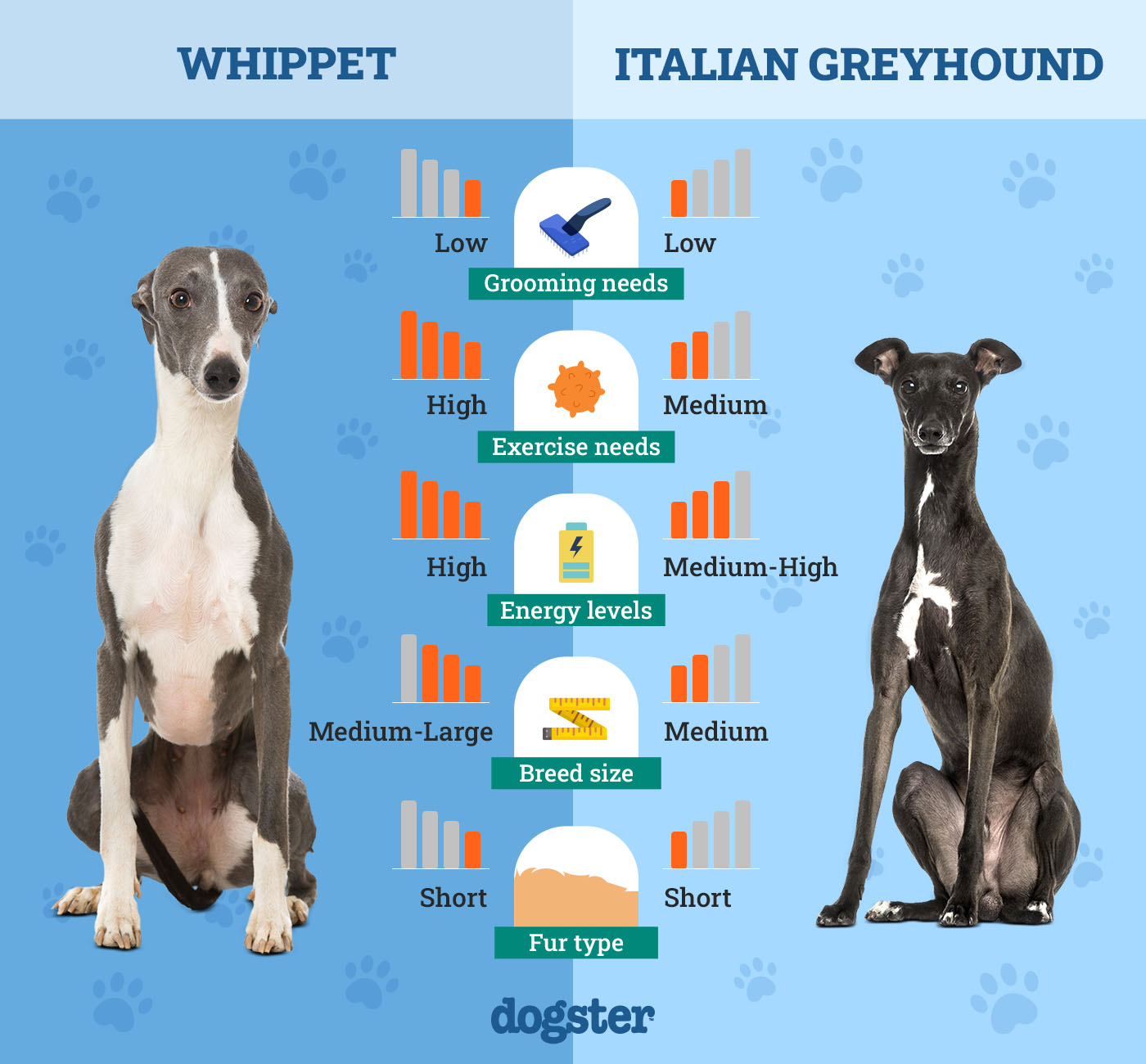
At a Glance
- Average height (adult): 18–22 inches
- Average weight (adult): 25–40 pounds
- Lifespan: 12–15 years
- Exercise: 1+ hours a day
- Grooming needs: Low
- Family-friendly: Yes
- Other pet-friendly: Often
- Trainability: Intelligent but independent
- Average height (adult): 13–15 inches
- Average weight (adult): 7–14 pounds
- Lifespan: 14–15 years
- Exercise: 1+ hours a day
- Grooming needs: Low
- Family-friendly: Yes
- Other pet-friendly: Often
- Trainability: Intelligent but can be independent
Whippet Overview
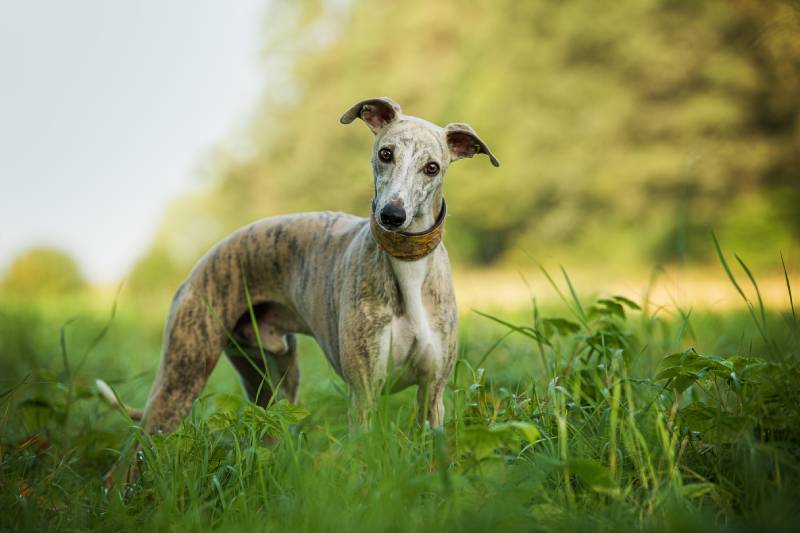
Origin
Experts believe that Whippets descended from small Greyhounds and other small hunting dogs in England. Working-class people used these dogs for dog racing and hunting small game, such as rabbits, in the 17th and 18th centuries. The name Whippet likely comes from “whappet,” which means “small dog” or “yelping dog” in antique English. They were popular racing dogs, and the American Kennel Club in the United States accepted them as a unique breed in 1888.
Appearance
Whippets are a medium-sized breed with a slender and athletic build, a deep chest, a narrow waist, and a long neck. They have a short and smooth coat that lies close to their body and comes in various colors, including fawn, blue, red, or white. Whippets have a small, fine, and slightly arched head with expressive, almond-shaped eyes in various shades of brown. Their ears are small and folded and often sit back against the head when at rest. Their long and slender tail tapers to a point.
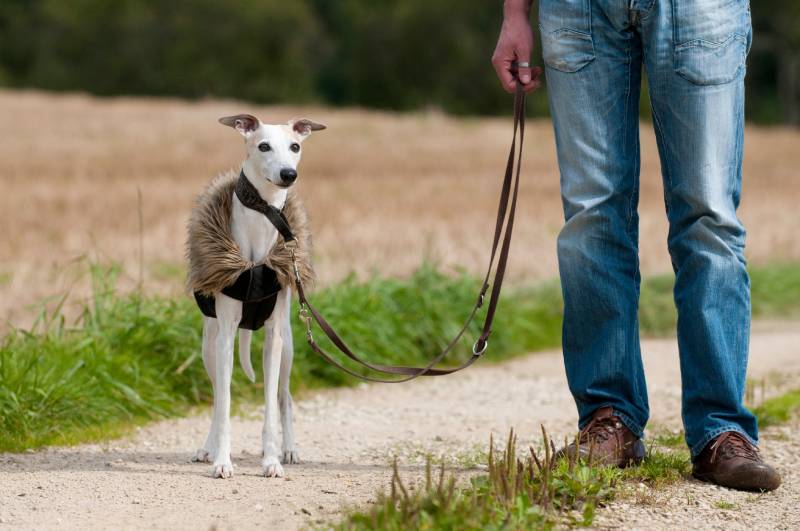
Health Conditions
Whippets are generally a healthy breed but can be prone to certain heart conditions, including mitral valve disease. They may also experience eye issues, such as cataracts, primary lens luxation, and progressive retinal atrophy (PRA), potentially leading to blindness. Whippets are susceptible to certain tumors with a higher incidence of cutaneous histiocytoma and hemangiosarcoma. They are known for having multiple drug sensitivity associated with the mutation in the multi-drug resistance gene (MDR1).
Suitable For:
Whippets can be suitable for various living situations and lifestyles, including apartments, although they need plenty of free running on a daily basis. They are an active breed and well-suited to families who enjoy the outdoors. Children can also help them stay busy and get the exercise that they need, and with proper socialization, they get along well with other dogs but might chase after cats and smaller animals. They can also be independent, strong-willed, and difficult to train for an inexperienced owner.
Italian Greyhound Overview
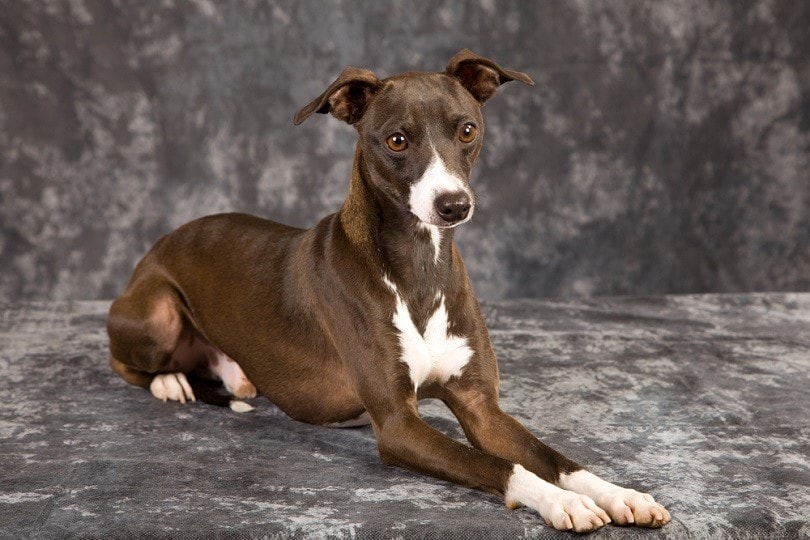
Origin
The Italian Greyhound originated in Italy more than 2,000 years ago. It is a small breed of sighthound with a delicate appearance favored by nobility and aristocracy in ancient Greece and Rome. These dogs frequently appear in ancient art, including pottery and statues. They were popular for hunting small game initially; however, during the Renaissance, they were a symbol of status among aristocrats because they resemble a miniature version of a common dog breed.The American Kennel Club officially recognized the Italian Greyhound as a breed in 1886.
Appearance
The Italian Greyhound is a small breed with a slender and elongated body, a deep chest, a narrow waist, and a tucked-up abdomen. Their coat is short, fine, and smooth, lying close to the body. They can have a variety of coat colors and patterns, including solid colors like fawn, blue, red, black, and brindle and various combinations of these. They have a sweet and alert expression, bright, almond-shaped eyes, and a long, thin tail that tapers to a point.
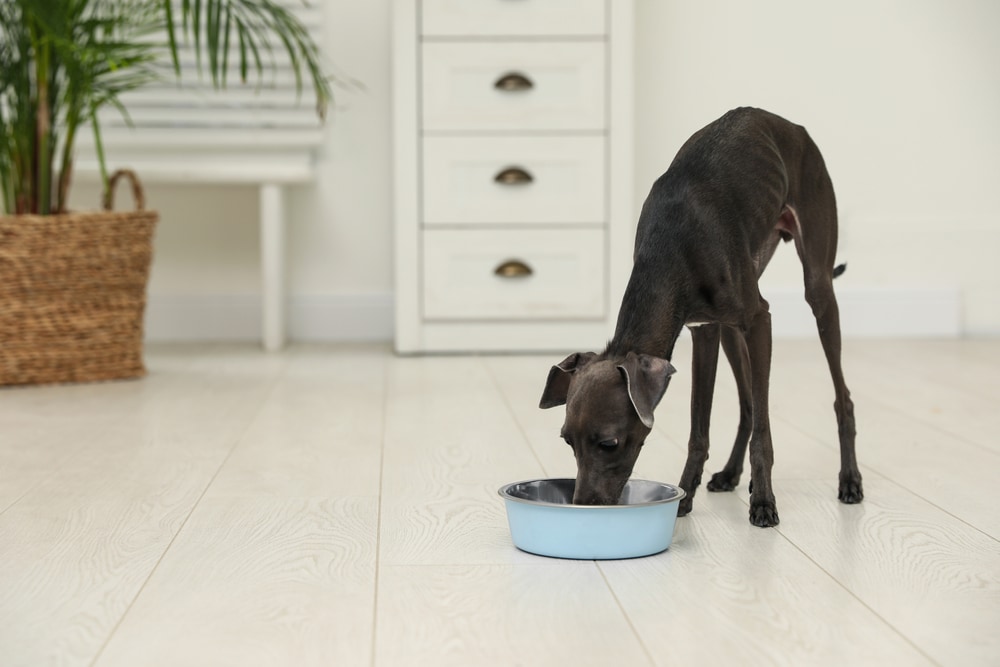
Health Conditions
Italian Greyhounds can be prone to certain health conditions, including color dilution alopecia that starts at a very young age and multiple autoimmune diseases syndrome, which is more typical of middle-age dogs. Eye problems that are more common in Italian Greyhounds, including cataracts and vitreal syneresis, can also occur. Other conditions that these dogs might deal with include cutaneous hemangiosarcoma, enamel hypoplasia, and higher levels of ALT enzyme.
Suitable For:
Due to their small size, Italian Greyhounds can adapt well to apartment living. However, they still require plenty of daily exercise and playtime. They are good with older, considerate children who understand how to interact gently with dogs, singles and couples who can provide the attention and exercise that they need, and people looking for a dog with low grooming needs.
Which Breed Is Right for You?
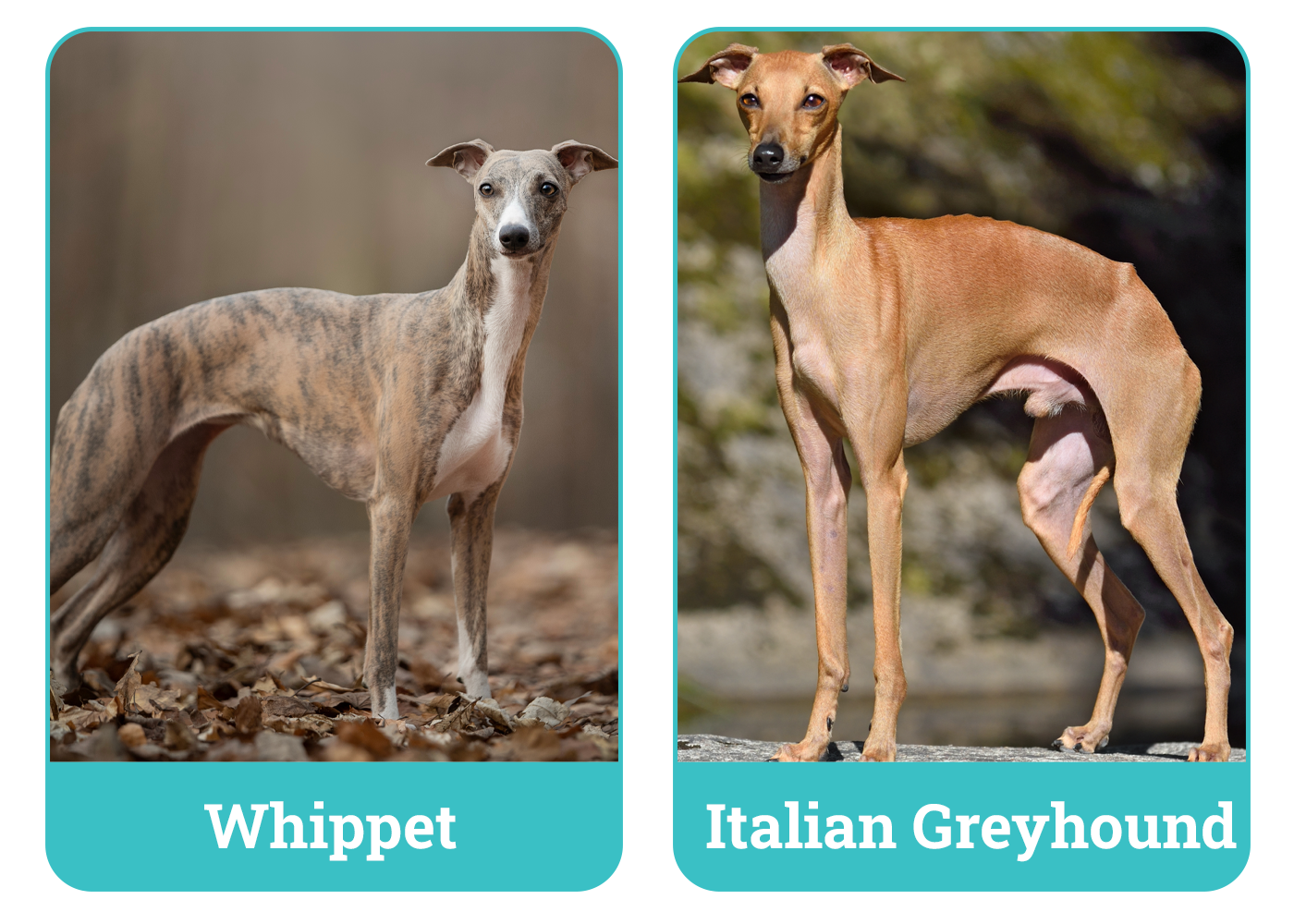
Choosing between an Italian Greyhound or a Whippet mainly depends on your preferences. Both are fast, playful, and loving. Their small size makes them well-suited to apartment living, and both breeds are affectionate and intelligent. The Whippet is a bit larger and might need more mental stimulation, while the Italian Greyhound could be more open to strangers and is a bit easier to train.
Related Reads:
- Whippet vs. Greyhound: The Differences (With Pictures)
- Greyhound vs Great Dane: Which Should I Choose?
Featured Image Credit: (T) tommaso lizzul, Shutterstock | (B) Lenkadan, Shutterstock




